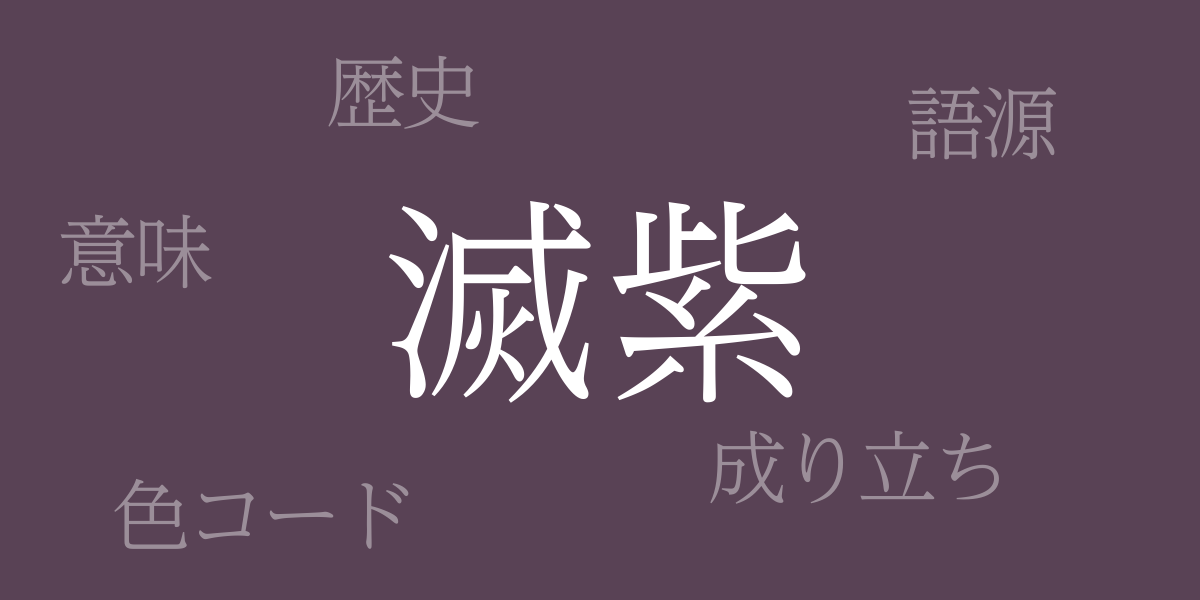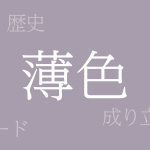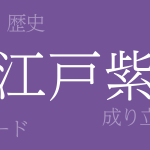Japanese traditional colors, with their unique beauty and deep historical roots, continue to captivate people around the world. Among these, “Pale Purple (けしむらさき – Keshi Murasaki),” characterized by its subtle, fading shade, symbolizes the delicate sensibilities and the transient nature of Japan’s seasons. This article explores the allure of Pale Purple, examining its significance, historical context, and its implications in modern use, including its color codes for digital design.
About Pale Purple (けしむらさき – Keshi Murasaki)
Pale Purple (けしむらさき – Keshi Murasaki) is a light purple that captures the fleeting beauty typical of Japan’s traditional palette. Traditionally associated with nobility and sophistication, Pale Purple is more subdued, making it versatile for everyday use. This shade is evocative of natural elements like wisteria or dew-soaked hydrangeas, reflecting the Japanese penchant for subtle beauty.
The History of Pale Purple
The use of Pale Purple dates back to the Heian period, favored by the aristocracy to express status and aesthetic preference. Unlike more vivid colors that stand out, Pale Purple was preferred for its understated elegance in kimonos, folding screens, and paintings, influencing various forms of traditional arts. As time progressed, this color permeated the wider society, becoming a staple in the common folk’s palette during the Edo period.
Pale Purple Color Codes
In modern design and digital applications, accurate color reproduction is crucial. Below are the color codes that represent Pale Purple:
- HEX: #594255
- RGB: R:89 G:66 B:85
- CMYK: C:71 M:78 Y:56 K:19
The Western Name for Pale Purple
In the West, Pale Purple is often referred to as “Mauve” or “Pale Purple.” These terms describe the subtle and sophisticated shades that are frequently used in fashion and interior design, creating a serene and tranquil ambiance suitable for relaxation spaces and artistic expressions.
Conclusion on Pale Purple
As a quintessentially Japanese hue, Pale Purple represents much more than a color. It embodies a deep cultural narrative and a psychological depth that enhances modern design and art. Through understanding its historical background and psychological implications, we gain a deeper appreciation for Pale Purple, making it a sought-after color in global design contexts. This article aims to provide insight into the enduring charm of Pale Purple, inspiring its integration into your creative projects.

























